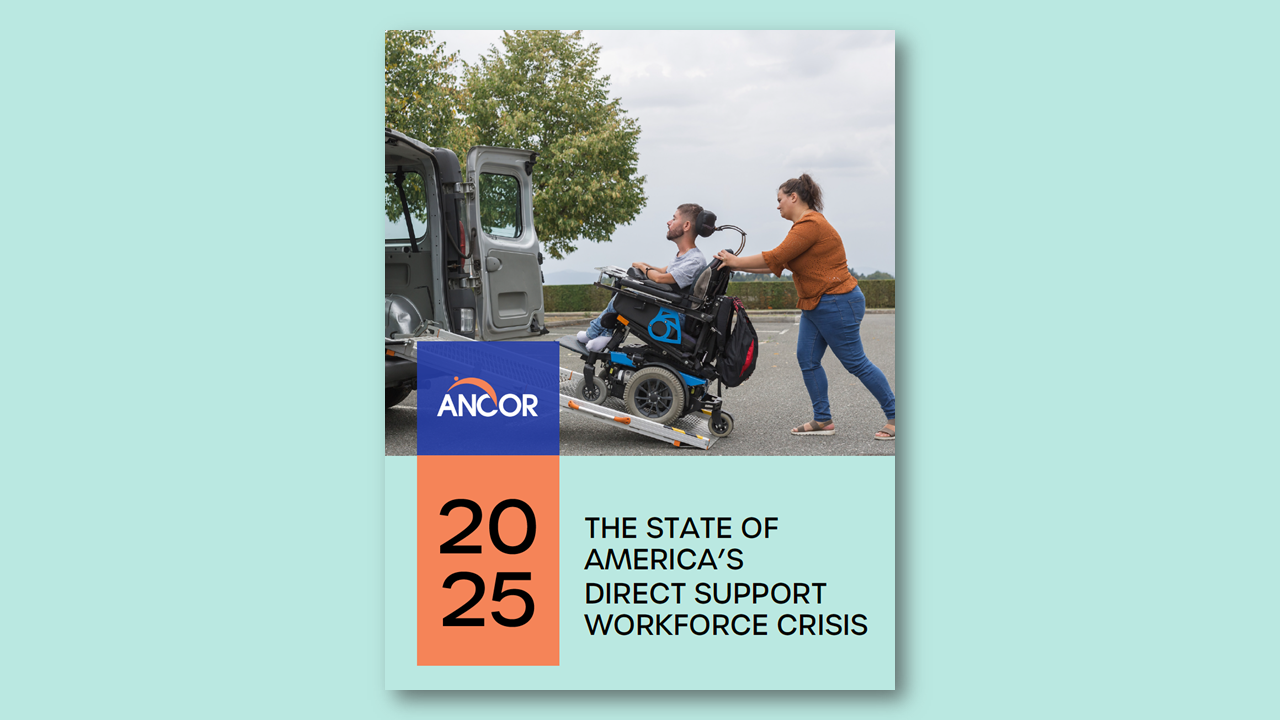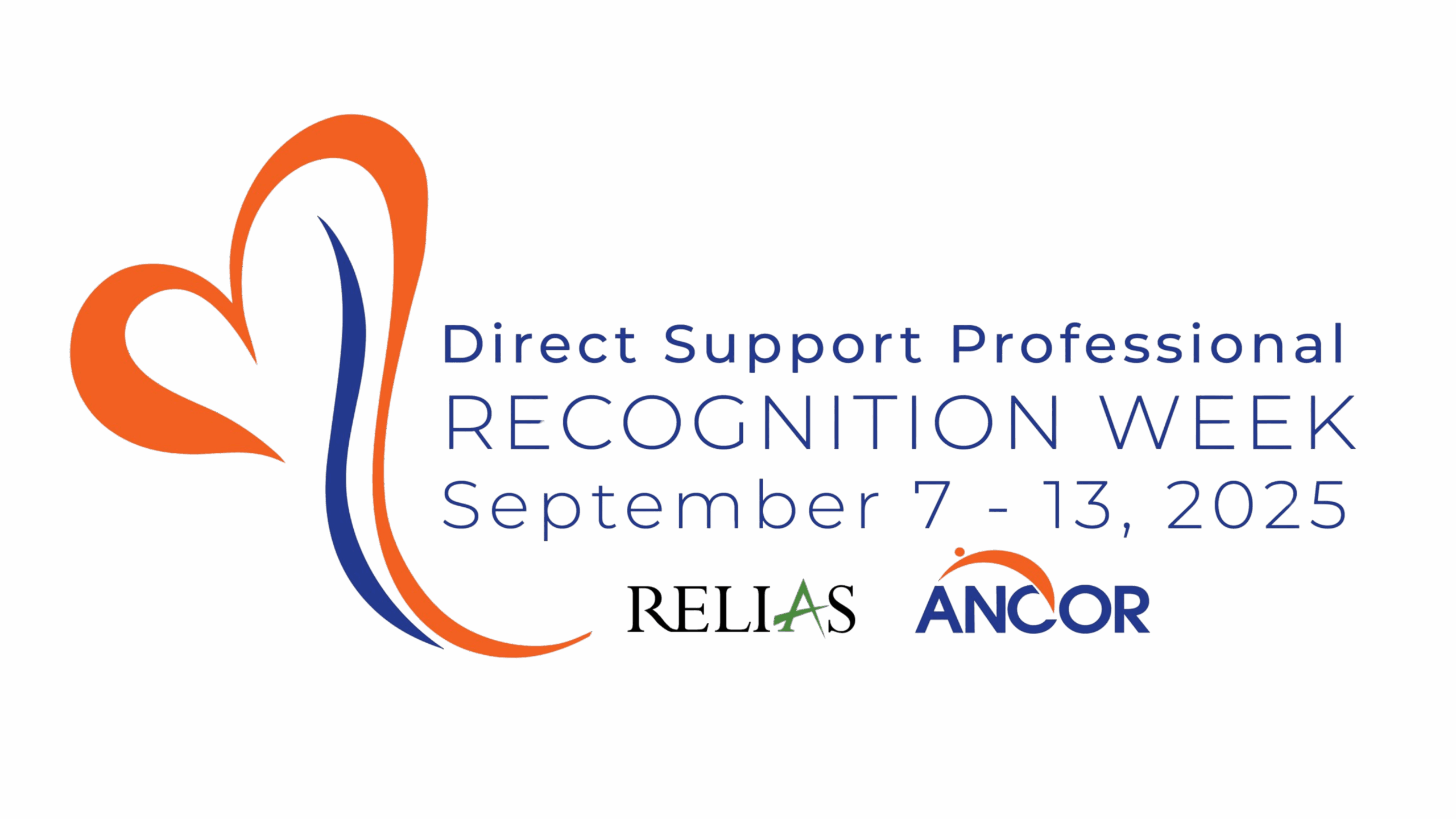New Data on the Direct Support Workforce Crisis
Survey of nearly 500 community-based disability service providers reveals mounting challenges in light of federal Medicaid cuts.
Browse the New Data
Research & Reports
The State of America’s Direct Support Workforce Crisis 2025

Share this page



